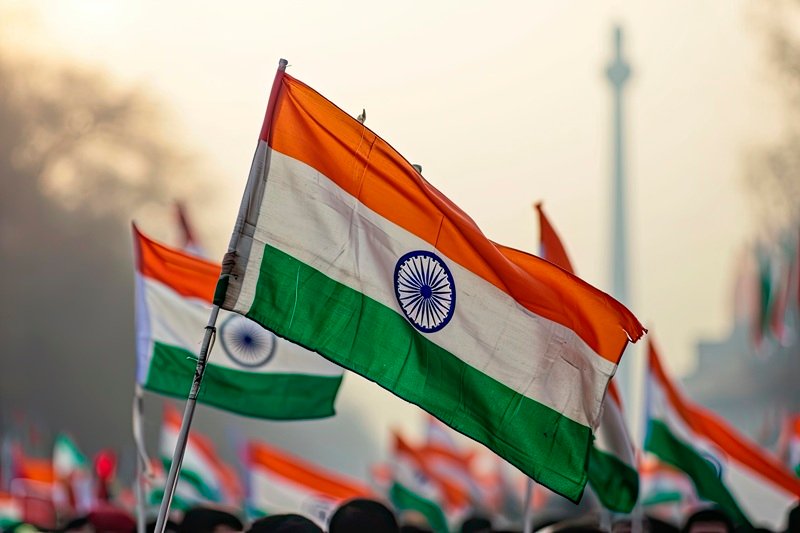
Understanding the Sessions of the Indian Parliament: A Comprehensive Guide
The Indian Parliament plays a crucial role in the functioning of the world’s largest democracy. It is the supreme legislative body of India, comprising two houses: the Lok Sabha (House of the People) and the Rajya Sabha (Council of States). To fulfill its legislative and deliberative responsibilities, the Parliament meets in regular intervals during specific periods known as sessions.
This article provides a detailed overview of the sessions of the Indian Parliament, their significance, key features, and the procedures involved.
Constitutional Provisions Related to Parliamentary Sessions
The Constitution of India provides the framework for convening and conducting parliamentary sessions. Key articles include:
Article 85: Sessions of Parliament
- Article 85 mandates that the President summons each house of Parliament at intervals not exceeding six months.
- This ensures that the Parliament meets at least twice a year.
Types of Parliamentary Sessions
The Indian Parliament generally conducts three sessions in a calendar year. These are:
1. Budget Session (February to May)
- The Budget Session is the longest and most significant session of Parliament.
- It usually begins in the last week of January or the first week of February and lasts until May.
- Key Highlights:
- President’s Address: At the start of the session, the President addresses a joint sitting of both houses, outlining the government’s policies and legislative agenda.
- Union Budget Presentation: The Union Budget is presented by the Finance Minister, detailing the government’s income, expenditure, and financial plans for the year.
- Discussions on budgetary allocations, grants, and policies.
2. Monsoon Session (July to September)
- The Monsoon Session is usually held during the months of July to August or September.
- Key Highlights:
- Consideration and passing of bills that were introduced or left pending during the Budget Session.
- Debates on pressing national and international issues.
3. Winter Session (November to December)
- The Winter Session is typically the shortest and is held between November and December.
- Key Highlights:
- Legislative business such as passing bills and ordinances.
- Discussions on urgent matters and resolutions.
Special Sessions of Parliament
Apart from the regular sessions, the Parliament may also convene for special sessions:
1. Emergency Sessions
- Convened during times of national emergency, war, or other critical situations.
- Can be summoned at short notice to address urgent matters.
2. Joint Sessions
- A joint session of both houses is convened under Article 108 in cases of deadlock over a bill.
- Presided over by the Speaker of the Lok Sabha, it is a rare event aimed at resolving legislative disputes.
3. Special Purpose Sessions
- Sometimes, sessions are held to commemorate historic events or for specific purposes, such as constitutional amendments.
Procedure for Summoning and Conducting Sessions
1. Summoning
- The President of India summons Parliament based on the advice of the Council of Ministers headed by the Prime Minister.
- A minimum notice period is provided to members before the commencement of a session.
2. Quorum
- To conduct business, a minimum of 10% of the total membership of the house must be present.
- For the Lok Sabha, this means at least 55 members must be present; for the Rajya Sabha, 25 members are required.
3. Agenda
- The agenda includes legislative proposals (bills), discussions, budgetary approvals, and other matters of national importance.
- The Business Advisory Committee of each house determines the schedule and order of business.
4. Adjournments and Adjournment Sine Die
- Sessions can be adjourned temporarily or indefinitely (Adjournment Sine Die) by the presiding officer.
- The session is formally terminated only when the President prorogues it.
Significance of Parliamentary Sessions
- Legislative Function: Sessions provide a platform to introduce, debate, and pass laws crucial for governance.
- Accountability: Ministers are held accountable to Parliament for their actions and policies.
- Deliberation: Discussions on national and international issues enable the government to receive constructive feedback and criticism.
- Representation: Members of Parliament voice the concerns and aspirations of their constituents.
Challenges in Conducting Parliamentary Sessions
- Disruptions: Frequent disruptions by members often lead to the wastage of valuable time.
- Low Attendance: Poor attendance of members during sessions hampers effective deliberation and decision-making.
- Inadequate Sessions: Critics argue that the number of days Parliament meets annually has declined over the years, limiting its effectiveness.
Reforms to Enhance Parliamentary Functioning
- Increase in Session Days: Experts recommend increasing the number of sitting days to ensure thorough legislative scrutiny.
- Strict Measures Against Disruptions: Implementing stricter penalties for disruptions can enhance productivity.
- Digital Tools: Leveraging technology to track attendance, voting records, and member participation can improve accountability.
Conclusion
The sessions of the Indian Parliament are the cornerstone of the country’s democratic governance. They provide a platform for lawmaking, policy discussions, and holding the government accountable. While challenges like disruptions and reduced sittings persist, reforms aimed at enhancing efficiency can ensure that the Parliament continues to function as a vibrant and effective institution.






